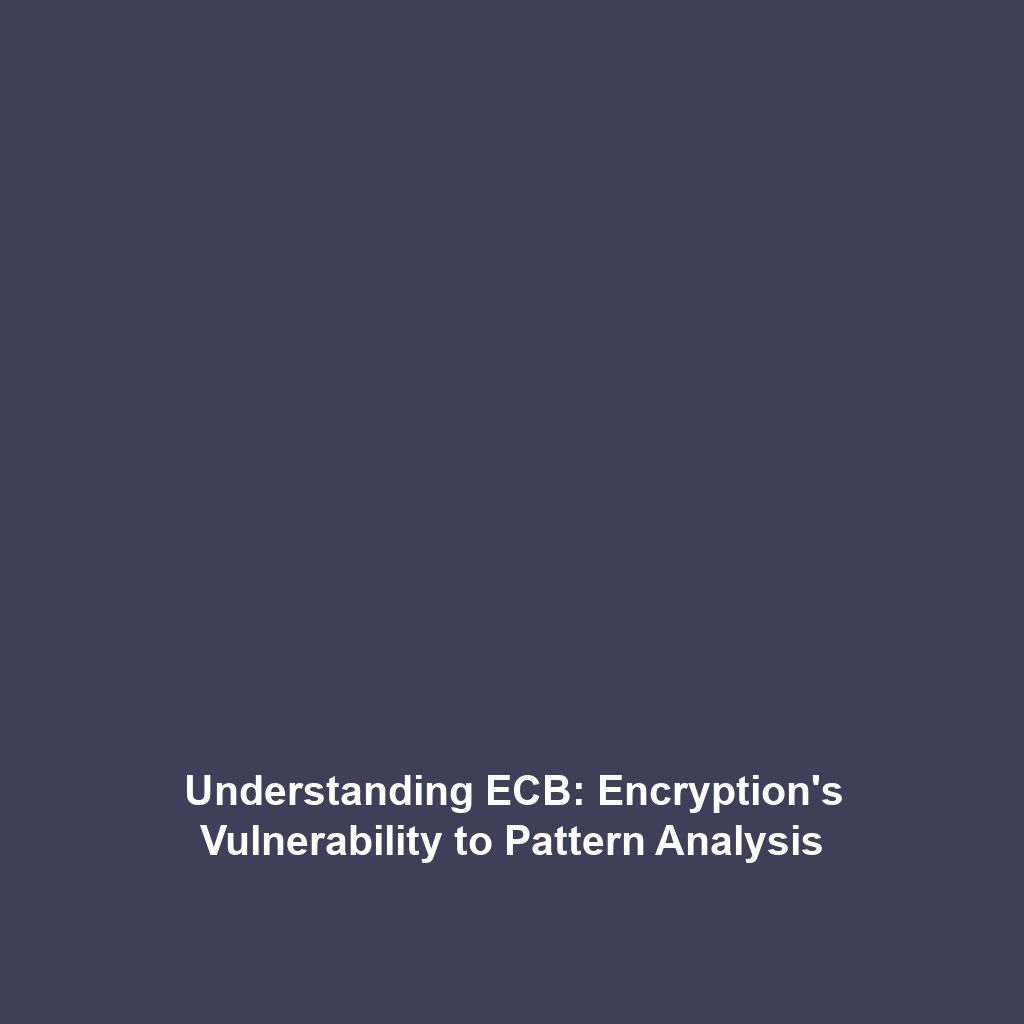<>
Historical Context: From Ancient Ciphers to Modern Digital Encryption Systems
Cryptography is a vital discipline that secures communication and information from unauthorized access. Its rich history, spanning from ancient ciphers like the Caesar cipher to sophisticated modern digital encryption systems, reveals critical insights about the evolution and significance of data protection. Understanding this historical context not only highlights the foundations of cryptography but also informs current practices and future innovations in securing our digital world. This article explores key concepts, applications, challenges, and future research in the field of cryptography.
Key Concepts in Cryptography
The journey of cryptography can be grouped into several critical concepts and milestones:
Ancient Ciphers
- Caesar Cipher: Named after Julius Caesar, this substitution cipher shifts letters in the alphabet by a fixed number of positions, illustrating the basics of encryption.
- Substitution Ciphers: These involve replacing characters with alternative characters, maintaining the overall structure of the plaintext while obscuring the message.
- Transposition Ciphers: Unlike substitution ciphers, these rearrange the characters of the plaintext to disguise information while keeping the same characters.
Modern Digital Encryption
- Symmetric Encryption: Utilizes the same key for both encryption and decryption, exemplified by Advanced Encryption Standard (AES).
- Asymmetric Encryption: Employs a pair of keys—one public and one private—that allows for secure communication, prominently used in protocols like RSA.
Applications and Real-World Uses
The historical progression from ancient ciphers to modern digital encryption systems has led to numerous applications in various fields:
- Secure Communications: Encryption ensures the confidentiality of messages exchanged over platforms like WhatsApp and Signal.
- Data Security: Organizations implement encryption to protect sensitive data, particularly in sectors like finance and healthcare.
- Online Transactions: E-commerce heavily relies on cryptographic techniques to secure payment information, using protocols like HTTPS.
Understanding how historical ciphers paved the way for contemporary solutions helps illuminate the continual evolution of cryptography.
Current Challenges
Despite advancements, several challenges and limitations persist in the study and application of cryptography:
- Lack of Awareness: Many individuals and organizations remain unaware of the importance of encryption, leading to potential vulnerabilities.
- Technological Advancements: Rapid technological changes often outpace the development of secure cryptographic methods.
- Regulatory Issues: Variations in data protection laws across countries complicate the global application of encryption standards.
Future Research and Innovations
Looking ahead, several innovations are on the horizon that promise to reshape cryptography:
- Quantum Cryptography: Emerging technologies that leverage quantum mechanics for secure communication are being explored to counteract threats posed by quantum computing.
- Homomorphic Encryption: This allows computations to be performed on encrypted data without needing to decrypt it first, enhancing privacy.
- Machine Learning in Cryptography: The application of AI and machine learning may lead to smarter encryption methods that adapt to new threats.
Conclusion
The historical context of ancient ciphers to modern digital encryption systems highlights the crucial role of cryptography in safeguarding information throughout history. As we continue to rely on digital communication, understanding the evolution and future directions of cryptography is essential. For further exploration on related topics such as data protection methods and cryptographic algorithms, visit our resources on Cryptographic Algorithms and Data Protection Strategies.









